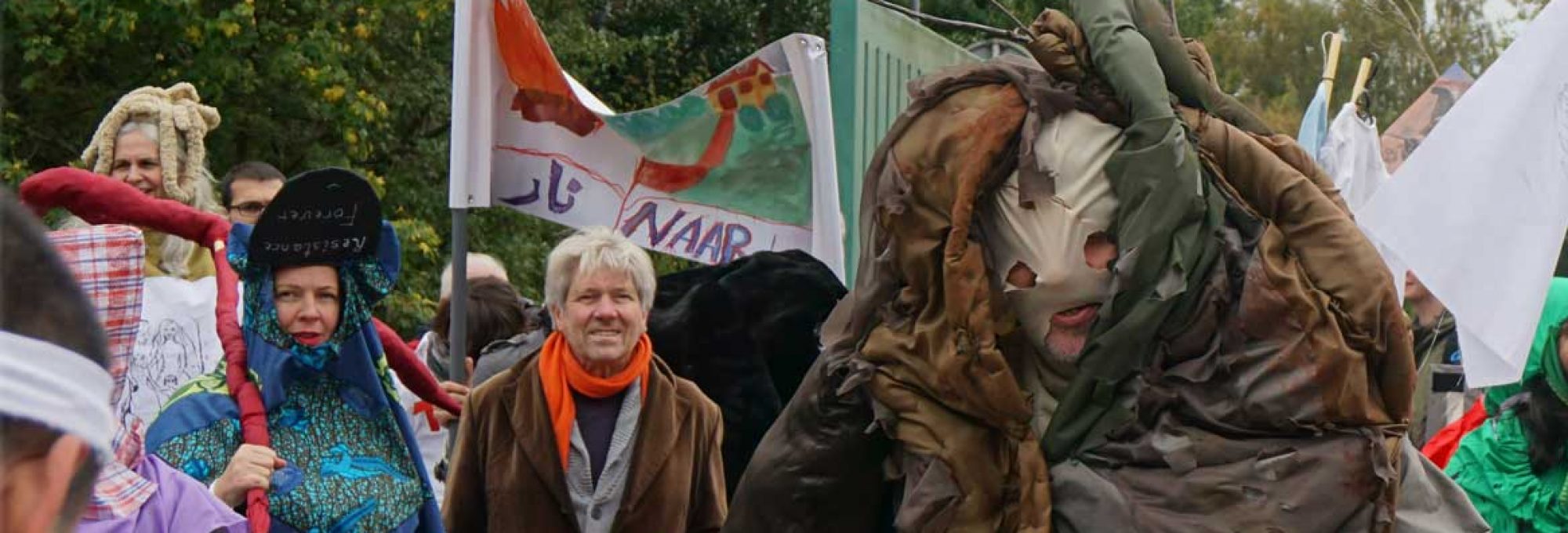Utopian Unemployment Union
In one of the rooms or transitory spaces (staircase, hallway) of the Winter Palace takes place a dance of migrant workers and ballet dancers .(Vaganovskoe uchilishe). It is a performance with a structure: first the ballet dancers teach the migrants how to dance, then the opposite. We install their national women’s dresses. In the first part the dresses are “seated” around in the chairs. In the second part these dresses are hanging from the ceiling. There is a figure of a moderator who directs the dance, like a conductor. This figure looks without gender, as an androgyn. Continue reading “Utopian Unemployment Union N2”

 Our project has its origin in a real story. Our friend has told us about her husband who had been fired and was so terrified that run away to his mother’s place. He was ashamed to look in his wife’s and children’s eyes as it is said: ‘A man without a job is like a horse without a saddle’. The wife and children kept telling him: ‘We love you the way you are, we don’t care if you’ve got a job or not’. But he was devastated. He started drinking and nearly became a drunkard, but suddenly a miracle happened. He found a new job, his wife started working too and the story had a happy ending..
Our project has its origin in a real story. Our friend has told us about her husband who had been fired and was so terrified that run away to his mother’s place. He was ashamed to look in his wife’s and children’s eyes as it is said: ‘A man without a job is like a horse without a saddle’. The wife and children kept telling him: ‘We love you the way you are, we don’t care if you’ve got a job or not’. But he was devastated. He started drinking and nearly became a drunkard, but suddenly a miracle happened. He found a new job, his wife started working too and the story had a happy ending..